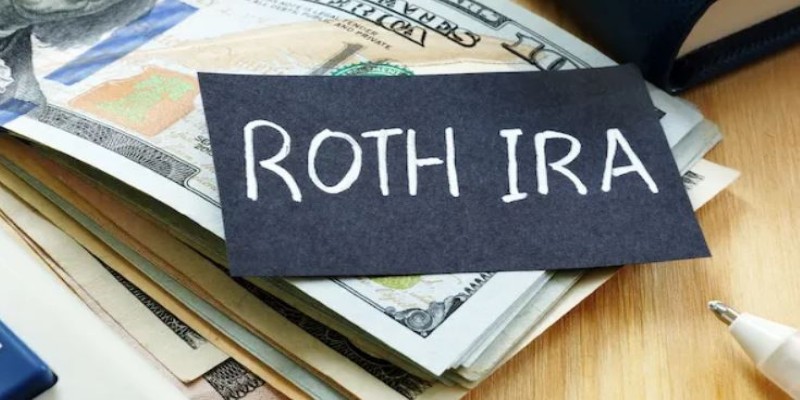401(k) Deferral Contributions: The Key to a Strong Retirement Fund
Saving for retirement can feel like a distant priority, but starting early makes a huge difference. A 401(k) plan is one of the best ways to build retirement savings, and at its core is the 401(k) deferral contribution—your pre-tax paycheck portion set aside for the future.
It's simple: you choose a percentage of your salary, and your employer deducts it automatically. Most employers match contributions, which are basically free money for your retirement. The best benefit? Tax savings. Because contributions are made on a pre-tax basis, they reduce your taxable income as they accumulate tax-deferred. Knowing how it works and optimizing employer matching can really supercharge your long-term savings.
How Do 401(k) Deferral Contributions Work?
A 401(k) deferral contribution is just part of your salary that you choose to deposit directly into your retirement account before taxes are withheld. Many employers have a 401(k) plan as part of their benefits package, and signing up is frequently automatic. Once you're enrolled, you get to choose what percentage of your earnings you'd like to contribute up to the annual maximum established by the IRS. For 2024, this threshold is $23,000 for individuals under age 50 and $30,500 for individuals 50 and older due to an additional catch-up contribution opportunity.
These contributions are not taxed immediately. Rather, they are taken out of your paycheck before taxes, lowering the portion of your income that is taxed. This configuration costs you less in taxes up front, and your retirement money accumulates without being taxed until you actually take it out in retirement. The thought is that when you retire, you could be in a lower tax bracket and thus lower your overall taxes paid.
Many employers sweeten the deal by offering employer matching, where they contribute a percentage of what you put in. For example, an employer might match 50% of your contributions up to 6% of your salary. If you contribute 6% of your salary, your employer adds another 3%, effectively giving you free money. This is one of the biggest reasons to contribute at least enough to take full advantage of employer matching—otherwise, you’re leaving money on the table.
Some plans offer both traditional and Roth 401(k) options. A traditional 401(k) uses pre-tax dollars, while a Roth 401(k) allows you to contribute after-tax income, meaning withdrawals in retirement are tax-free. Choosing between the two depends on whether you prefer tax benefits now or later.
The Tax Advantages of a 401(k) Deferral Contribution
One of the biggest reasons people opt for a 401(k) is the tax advantages it provides. A traditional 401(k) allows you to contribute pre-tax dollars, which lowers your taxable income. This means if you earn $60,000 per year and contribute $6,000 to your 401(k), only $54,000 of your income is subject to taxes.

The other major tax advantage is tax-deferred growth. Any money in your 401(k), including your employer's contributions and investment earnings, grows without being taxed until you start making withdrawals. This allows for compounding growth, meaning your money can generate earnings, which then generate even more earnings over time.
However, when you withdraw funds in retirement, those withdrawals are taxed as ordinary income. This is why planning matters. Many retirees find themselves in a lower tax bracket after they stop working, which can help reduce the tax burden on their 401(k) withdrawals.
On the other hand, a Roth 401(k) works differently. Contributions are made with after-tax income, meaning they don’t lower your taxable income now. However, when you retire, your withdrawals—including earnings—are entirely tax-free. This can be a great option for those who expect to be in a higher tax bracket later in life.
Maximizing Your 401(k) Contributions for Long-Term Security
To make the most of a 401(k) deferral contribution, it’s essential to contribute as much as you can afford—ideally up to the IRS limit or at least enough to get the full employer match. The more you contribute early, the more time your money has to grow through compound interest.

Employer matching is another crucial factor in maximizing your retirement savings. If your employer offers a 100% match on up to 5% of your salary, you should contribute at least that amount to take full advantage of the benefit. Otherwise, you’re missing out on free money that could significantly boost your retirement funds.
Choosing between a traditional and Roth 401(k) depends on your financial situation and retirement goals. If you think you’ll be in a lower tax bracket when you retire, a traditional 401(k) might be the better choice. If you anticipate being in a higher bracket, a Roth 401(k) allows you to pay taxes now and enjoy tax-free withdrawals later. Some plans allow contributions to both, giving you a mix of taxable and tax-free income sources in retirement.
Another important strategy is to increase your contributions over time. Many employers offer an automatic escalation feature that increases your contribution percentage each year. If your employer doesn’t offer this, you can manually increase your contributions as you receive raises or bonuses.
It’s also worth considering how your 401(k) funds are invested. Most plans offer a range of investment options, including mutual funds, index funds, and target-date funds that adjust risk levels as you approach retirement. Choosing investments that align with your risk tolerance and retirement timeline can make a big difference in the long run.
Conclusion
A 401(k) deferral contribution is a simple yet powerful way to build retirement savings. By setting aside pre-tax income, you reduce your taxable earnings now while allowing your money to grow tax-deferred. Employer matching adds even more value, making it essential to contribute at least enough to maximize this benefit. The earlier you start, the more time your savings have to grow through compounding. Whether you choose a traditional or Roth 401(k), consistent contributions and smart planning can secure a more comfortable retirement. If you haven’t yet taken full advantage of your 401(k), now is the time to start.












